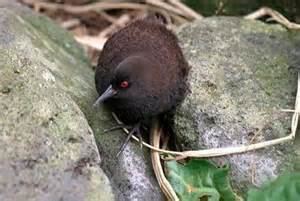Genus AtlantisiaLowe, 1923 Phylum Chordata Rank Species | Family Rallidae Scientific name Atlantisia rogersi Higher classification Atlantisia | |
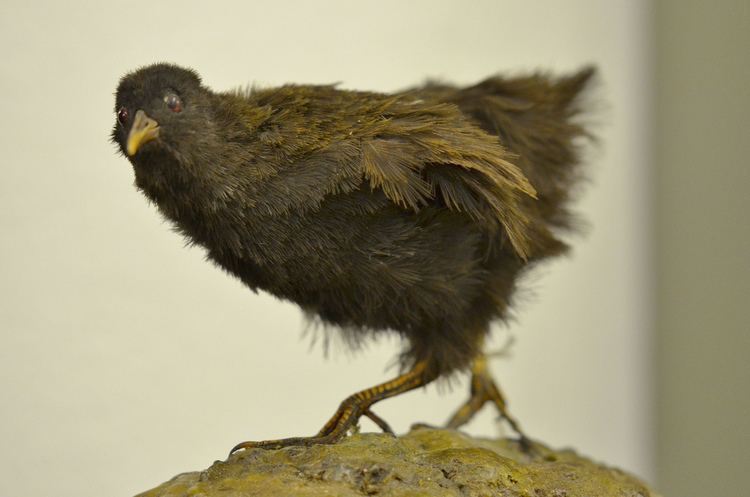 | ||
Similar Atlantisia, New Guinea flightless, Gough moorhen, Snoring rail, New Caledonian rail | ||
The Inaccessible Island rail (Atlantisia rogersi) is a small bird of the rail family, Rallidae. It is the only species in its genus. It is found only on Inaccessible Island in the Tristan Archipelago in the isolated south Atlantic, and is notable for being the smallest extant flightless bird in the world. Unlike many other islands, Inaccessible Island has remained free from introduced predators, allowing this species to flourish while many other flightless birds, including the even smaller Stephens Island wren, have perished.
Contents
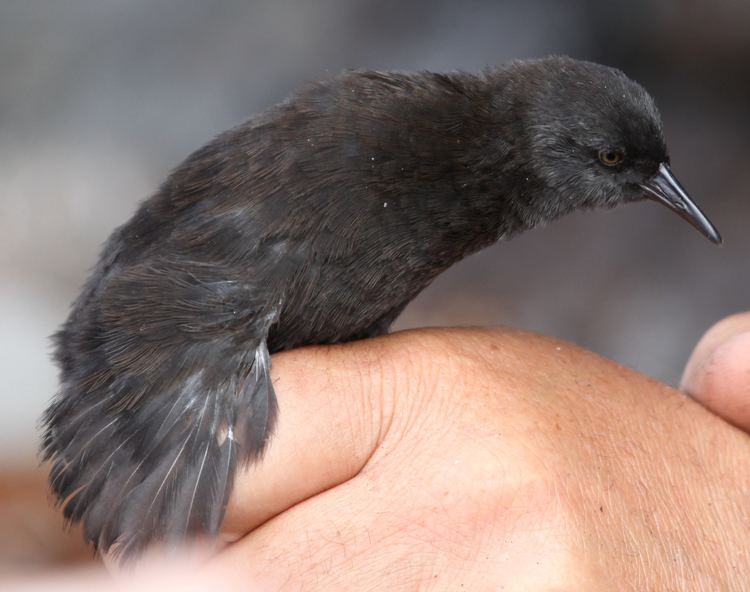
Description

The rail has an average weight of 30 g (1.1 oz) and a length of 17 cm (6.7 in). It is dark rusty-brown above and dark grey below, with a short black bill and a red eye.

This rail is found throughout Inaccessible Island, but prefers grassland and open fern-bush. Its diet includes earthworms, moths, berries, and seeds.
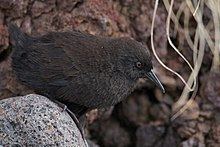
A clutch of two eggs is laid between October and January; chicks are vulnerable to predation by the Tristan thrush.
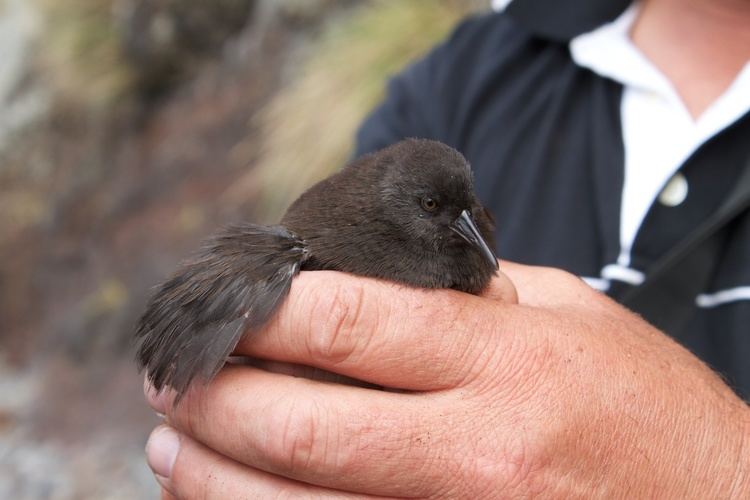
The Ascension crake (Mundia elpenor) which disappeared some time before 1700 but was briefly mentioned and described by traveller and hobby naturalist Peter Mundy in 1656 and Aphanocrex podarces, the Saint Helena swamphen which disappeared before 1600 and has never been encountered by scientists were once considered congeners of A. rogersi. As they are considered to have evolved independently (with A. podarces probably not even being closely related), they have each been moved to a separate genus. Both species became extinct due to predation by introduced species, mainly cats and rats.
Threats
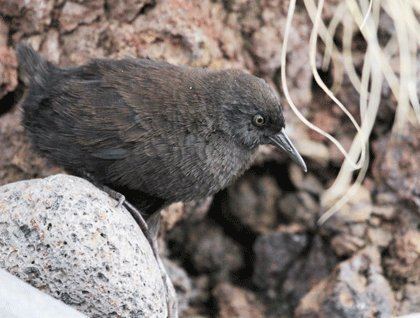
This species is rated as Vulnerable by the IUCN Red List, due to its small range. While it remains common within that range, if an invasive species were to come in to Inaccessible Island, it could wipe out these birds entirely.
